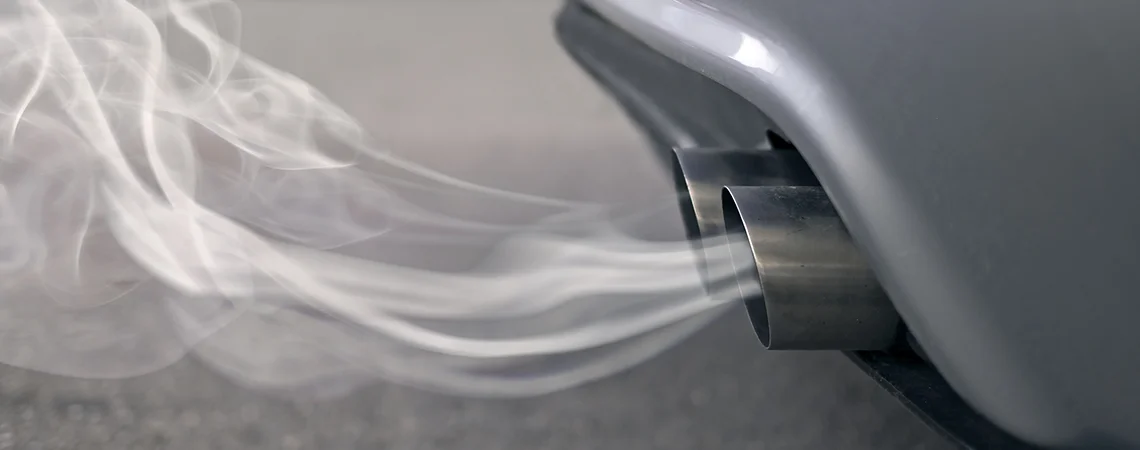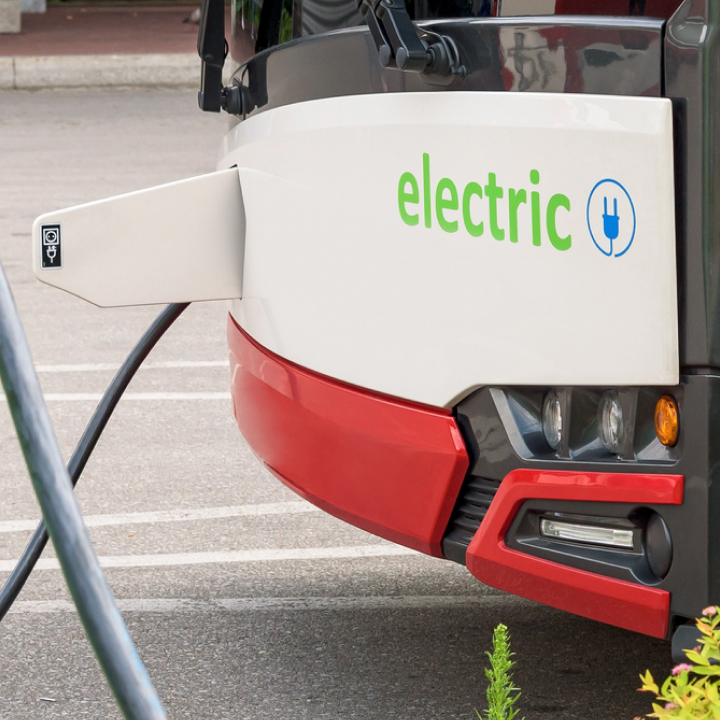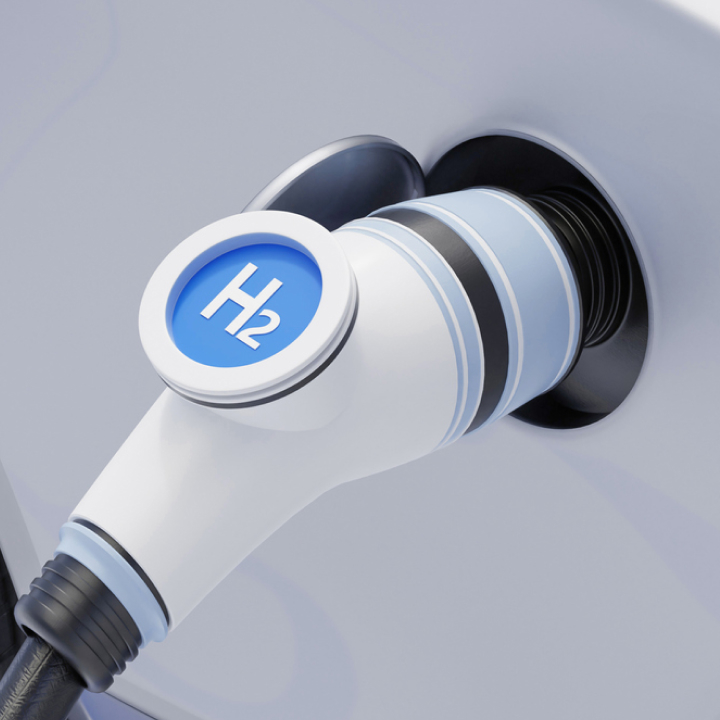Awareness of the environmental impact of our cars is growing.
Certainly, choosing a zero-emission car would be the ideal solution for those who intend to do their part most effectively. But if you travel in a car with a gasoline, diesel or gas engine, keep in mind that there are ways to travel more sustainably and keep emissions to a minimum.
Useful tips and strategies for reducing fuel consumption and emissions
The key to a less impactful trip in an endothermic-powered car is to adopt conscious behaviors before and during the trip.
In general, anything that saves fuel not only saves you money but also avoids unnecessary and harmful emissions.
The journey begins even before you leave, with the attention you can give to your car to keep it efficient.
When you are then driving, it will be up to your habits behind the wheel to do the rest to travel more sustainably.
BEFORE TRAVEL: Do regular maintenance and check the condition of your tires.
A well-maintained car runs more efficiently and reduces fuel consumption and emissions to the extent necessary. Here’s what to look out for to keep your car healthy:
Air filter: Air filters ensure that the air entering the engine is clean, allowing better fuel combustion. Replacing or cleaning them regularly prevents dirt buildup, improving engine efficiency.
Oil filter: Prevents harmful particles from reaching the engine’s lubrication system. Changing the filter and changing the oil according to your car’s maintenance schedule reduces wear and tear and improves engine efficiency. In fact, clean oil has a better lubricating ability, reducing internal friction.
Fuel filter and spark plugs: Changing the fuel filter regularly and keeping spark plugs in good condition prevents impurities from entering the engine and causing damage, reducing efficiency.
Tire pressure: Keeping tires at the correct pressure reduces rolling resistance. When the pressure is not sufficient, the surface area in contact with the road increases, this causes more resistance and more fuel consumption as well as more emissions. In addition, properly inflating tires allows them to last longer, avoiding the need to change them before their time. A saving for the environment and your wallet.
Cooling system: The cooling system must also be in good condition and the coolant at the right level for the engine to avoid overheating.
DURING THE JOURNEY: Drive efficiently and plan the route.
Avoid hard acceleration and braking: Smooth, jolt-free driving is the advice that can really make a difference in fuel consumption and emissions. Those who step on the accelerator “flat out” consume much more fuel to reach the speed they desire. If available, take advantage of cruise control, which allows you to maintain the most consistent speed effortlessly.
Moderate your speed: Driving at moderate speeds while adhering to speed limits reduces air resistance and fuel consumption.
Keep a safe distance: Keeping a sufficient safe distance from the vehicle in front allows for smoother driving. This allows you to better handle changes in traffic speed and avoid frequent braking and acceleration.
Use the highest possible gear: This way the engine will not reach a high RPM, consuming less fuel.
Turn off the engine when not necessary: Turning off the engine when the car is stationary for more than a minute reduces fuel consumption and emissions.
Windows open or closed? Closing windows at high speeds improves the aerodynamic efficiency of the car, reducing fuel consumption and emissions. In addition, closed windows also reduce wind and surrounding vehicle noise for a more comfortable driving experience.
Use air conditioning responsibly: Air conditioning increases fuel consumption. Use it only when you really need it, especially at high speeds, to limit fuel consumption and emissions. If hot weather permits, at low speeds, open windows are the smartest way to stay cool.
Lighten the load: Reduce the weight of the vehicle by avoiding carrying unnecessary or heavy objects, so as to reduce fuel consumption. In addition to fuel consumption, this advice will also make the trip more comfortable because you and the people traveling with you will have more room to spare.
Plan your trip: Apps that suggest the route you need to take to get to your destination also take into account the expected traffic during the journey and suggest the best route to save time and fuel. Not only that, during the journey they can suggest detours to get around sudden traffic jams. In some cases they can even tell you the route that will use the least amount of fuel.
In short, we can all do our part to reduce emissions. Especially for endothermic-powered cars, driving efficiently means consuming less and saving money: all you need to do is keep your car in good condition and adopt simple responsible driving practices. Nothing so difficult, after all, all it takes is to set common sense in motion.



